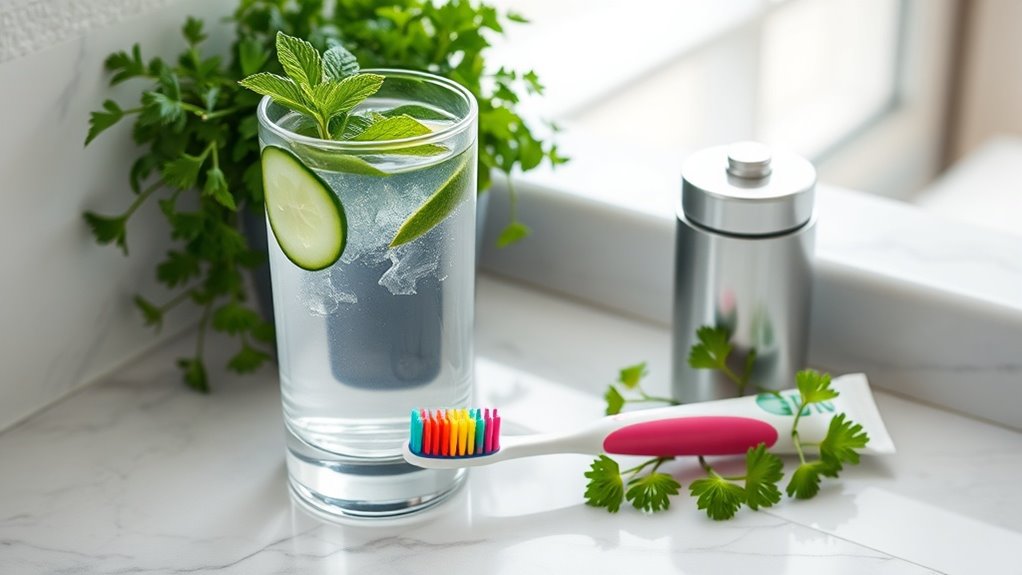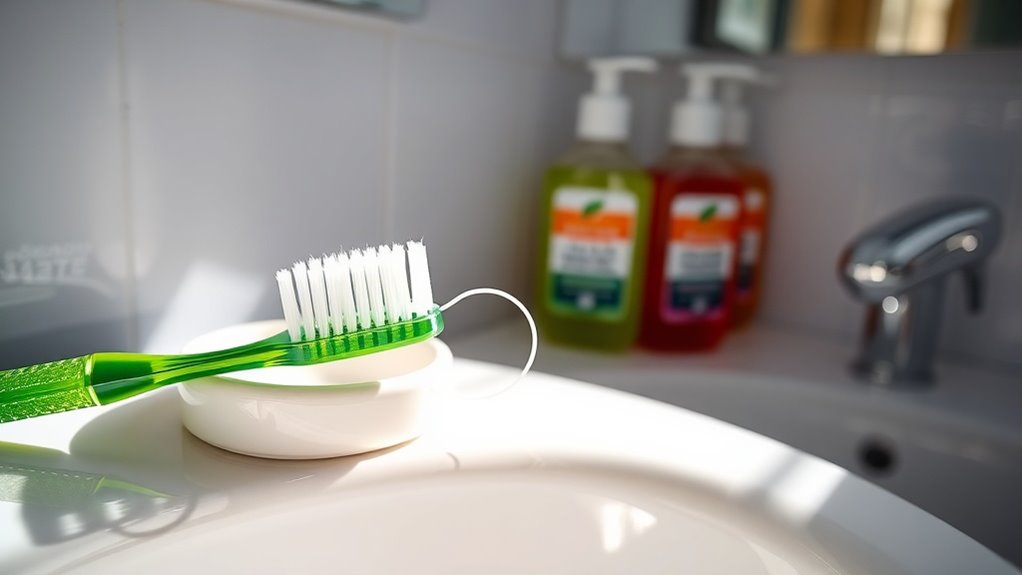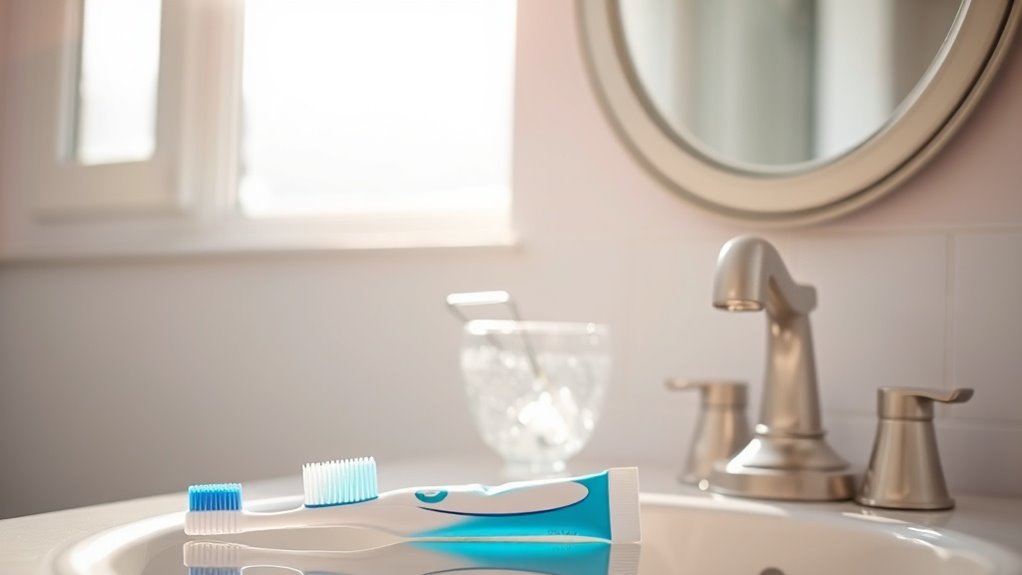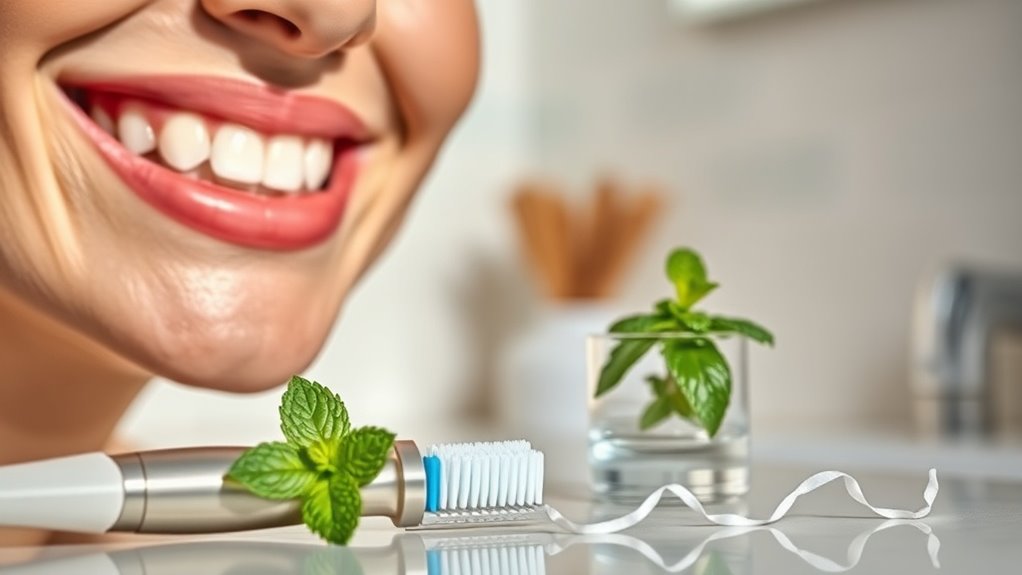Is Fruit Juice Ruining Your Child’s Teeth.
Imagine a child who loves sipping fruit juice daily, only to face frequent visits to the dentist for cavities. You might think juice is a healthy choice, but its high sugar and acidity levels can secretly undermine your child’s dental health. As you explore the impact of juice on their teeth, you’ll uncover important insights that could help protect their smiles in the long run.
The Sugar Content in Fruit Juice
While many parents believe fruit juice is a healthy alternative to sugary drinks, it often contains a surprising amount of sugar that can negatively impact children’s dental health.
Diets high in sugar contribute to cavities, and even natural sugars found in fruit juice can be problematic. When you let your child consume fruit juice regularly, that sugar lingers on their teeth, creating an environment for bacteria to thrive.
You might think you’re making a healthy choice, but even small amounts of fruit juice can lead to dental issues over time. It’s vital to monitor intake and encourage water as a healthier option. Whole fruits are preferable options for dental health, reducing the risks associated with fruit juice consumption.
Acidity and Its Effects on Dental Health
As you might be aware, the acidity in fruit juice poses another significant threat to your child’s dental health. Regular consumption can weaken enamel, leading to issues you want to avoid.
Consider these effects of acidic beverages:
-
Erosion: Frequent acid exposure can wear down protective tooth enamel.
-
Sensitivity: Thinner enamel can make teeth more sensitive to hot and cold.
-
Cavities: Weakened enamel increases the risk of cavities forming.
-
Staining: Acidic beverages can lead to discoloration over time.
Additionally, high acidity levels can exacerbate gum irritation and inflammation, making it crucial to choose drinks wisely. Being mindful of these risks can help you protect your child’s smile and promote healthier choices.
Comparison of Fruit Juice and Whole Fruits
When comparing fruit juice to whole fruits, you’ll notice significant differences in sugar content, which can impact your child’s dental health.
Whole fruits not only provide essential nutrients but also give your child fiber, helping to support better digestion. Additionally, consuming whole fruits can help lower the risk of gum disease, as they do not contain the high sugar and acidity found in many juices.
Understanding these distinctions can guide you in making healthier choices for your child’s diet.
Sugar Content Differences
Many parents might be surprised to learn that fruit juice often contains significantly more sugar than whole fruits.
This sugar overload can contribute to tooth decay, posing a serious threat to your child’s dental health.
Consider these comparisons:
- An 8-ounce glass of orange juice contains around 22 grams of sugar.
- A medium orange has about 12 grams of sugar.
- Apple juice packs roughly 24 grams of sugar per 8 ounces.
- A whole apple delivers about 19 grams of sugar.
Choosing whole fruits instead of juice helps manage sugar intake and supports healthier smiles for your little ones.
Nutritional Benefits Comparison
While managing sugar intake is vital for your child’s dental health, understanding the overall nutritional benefits of whole fruits compared to fruit juices can further inform your choices.
Whole fruits offer fiber, which aids digestion and helps regulate blood sugar levels, providing a more balanced energy source. Unlike fruit juice, they also maintain essential vitamins without added sugars or preservatives.
When your child consumes whole fruits, they benefit from longer-lasting satiety, reducing cravings and potential snacking. By prioritizing whole fruits over juices, you can better support your child’s nutrition and dental health, setting the stage for lifelong healthy habits.
Recommended Serving Sizes for Children
Understanding recommended serving sizes for fruit juice is crucial for maintaining your child’s dental health. The American Academy of Pediatrics suggests limiting juice intake to prevent tooth decay.
Consider these serving sizes:
- Children aged 1-3 years: 4 ounces (1/2 cup) per day
- Children aged 4-6 years: 4-6 ounces (1/2 to 3/4 cup) per day
-
Children aged 7-18 years: 8 ounces (1 cup) per day
-
Serve juice in a cup, not bottle: This helps reduce constant exposure to sugar.
Monitoring these guidelines can greatly benefit your child’s oral health.
Strategies for Minimizing Dental Risks
To protect your child’s dental health, you can adopt several effective strategies. Start by limiting juice portions and encouraging water as a primary beverage choice. Additionally, promoting regular dental care habits will further safeguard their smiles and overall well-being. Consider replacing juice with whole fruits to provide essential nutrients without the hidden sugars found in many fruit drinks.
Limit Juice Portions
Limiting juice portions can be a crucial step in protecting your child’s dental health.
It’s essential to strike a balance to prevent excessive sugar exposure. Here are four strategies to help you manage juice intake:
-
Set daily limits****: Aim for no more than 4 ounces per day.
-
Serve juice in moderation: Offer juice only during meals instead of snacks.
-
Use smaller cups****: Choose smaller containers to visually reduce serving sizes.
-
Dilute juice: Mix with water to lower sugar concentration while still offering flavor.
Encourage Water Intake
Water serves as a crucial ally in maintaining your child’s dental health by helping to wash away sugars and acids that contribute to tooth decay. Encouraging your child to drink more water not only keeps them hydrated but also protects their teeth. Here are some strategies to improve their water intake:
| Strategy | Description |
|---|---|
| Make it Accessible | Keep water bottles within reach for easy access. |
| Flavor It | Add fruits or herbs to enhance the taste. |
| Create a Routine | Set specific times for water breaks during the day. |
Implementing these strategies can instill healthy habits and significantly minimize dental risks.
Promote Regular Dental Care
While promoting good oral hygiene may seem challenging, establishing a regular dental care routine is vital for minimizing your child’s dental risks. Here are some strategies you can implement:
-
Brush Twice Daily: Encourage your child to brush with fluoride toothpaste for two minutes, focusing on all tooth surfaces.
-
Floss Regularly: Help them floss daily to remove any food particles between teeth.
-
Visit the Dentist: Schedule check-ups every six months to catch issues early.
-
Limit Sugary Snacks: Opt for healthier alternatives to reduce cavities and ensure teeth stay strong.
Implementing these steps will make a significant difference in maintaining your child’s dental health.
Alternatives to Fruit Juice for Hydration
As parents, you often seek the best options for keeping your children hydrated, especially when it comes to balancing nutrition and dental health.
Instead of fruit juice, consider offering water, which is the ultimate thirst quencher without the sugars that can damage teeth. Unsweetened herbal teas and coconut water are also excellent alternatives.
For a fun twist, infuse water with fruits like berries or citrus for flavor without the excess sugar. Don’t forget about low-fat milk or fortified plant-based options, which provide calcium and hydration. Creating positive associations with brushing early can further enhance your child’s overall dental hygiene routine.
These choices can help keep your child’s smile bright and healthy!





